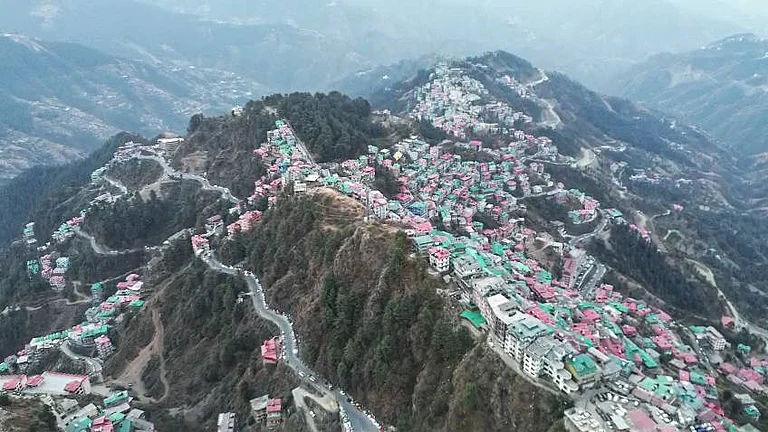Art, dance, and architecture often narrate the history of a culture. We can consider ourselves lucky that India is blessed with various art forms, dance styles, and architectural marvels. Landlocked by Nepal to its north and three other Indian states to its east, south, and west, Bihar is better known as the birthplace of Buddhism. An amalgamation of three distinct regions - Magadh, Mithila, and Bhojpur - the state was once considered a center of power, learning, and culture during the classical age. From Magadh arose the mighty Mauryan and Gupta empires who unified large parts of modern day India. On the other hand, led by King Janaka of the Videhas, the Mithila region became the hub of education and culture giving birth to the extraordinary Mithila paintings.
Also known as Madhubani art, the style of painting is diverse and can be created with fingers, twigs, brushes, nib-pens, and even matchsticks. Traditionally done on freshly plastered mud walls and floors of huts, the skills of the art form have been passed down from generation to generation.The sheer class of the art form is such that there are five distinctive styles - Bharni, Katchni, Tantrik, Godna, and Kohbar. The first three styles (Bharni, Katchni, and Tantrik) were mainly created by upper caste women with their themes illustrating religious stories consisting of extravagant flora and fauna. Run your fingers down the canvas and feel the legends come alive. The lower caste women, however, used the paintings to communicate their everyday lives and interactions with nature. Believe me, the intricate color use with fabulous designs and exceptional story telling are sure to take your breath away.
Though Mithila art is the most well-known, the state of Bihar is home to several other outstanding variations of art forms. Mughals, as well all know, have had significant impact on the Indian subcontinent. From their beautiful architecture to their melodious music, the all powerful conquerors brought about a new form of painting combining the Persian style with an Indian traditional style. A bright example of such is at the Patna School of Painting, based on the Patna Qalaam style of painting. Regarded as an off-shoot of the Mughal styles, the Patna Qalaam is heavily influenced from Persian and British styles. Incorporating the colors used in Mughal drawings and shading adopted in British, the art form created was an unique piece of magic. Drawing away from the exorbitantly decorated borders used in Mughal paintings Patna Qalaam narrowed its focus to the subject of the matter.
The Patna Qalaam and Madhubani paintings are relatively modern styles of art that continue to be increasingly popular. But Bihar's art story begins at Kaimur where rock paintings across the hills showcase the culture of the state from the prehistoric times. Generations have painted upon these rocks and thus, one can see the evolution of not only the art form but also the political, socio-economic and cultural reforms in the region. The rocks became a canvas on which the aboriginals painted objects and devises that changed their lives like the sun, animals, trees, among others. They also dictated their everyday events through these paintings like hunting.
Bihar's rich history of art forms doesn't stop here the state is home to some marvelous sculptures dating back several centuries. The Pillar of Ashoka in Vaishali inscribed with edicts from the Mauryan king is a fine example of Mauryan craftsmanship. Another deserved example of Mauryan styled architecture is the ornately crafted sculpture of Didarganj Yakshi, currently at Patna Museum. Carved out of a single piece of stone, the free-standing statue has close ties to the Mauryan Polish. The polish is a technique used to give stone materials a remarkable shine.
Bihar’s native art is critical to the cultural heritage of the region. The art forms recount stories from different eras, regions and spectrum of life. Throughout India, many such indigenous art forms exist from the Pattachitra in Odisha to the Tanjore art from Tamil Nadu. Plan your inspirational vacation around India learning about the distinct art forms which set each state apart.

























